So, you want to drive your Jeep Cherokee down the street. But you're wondering what the temperature of the engine should be. Worry no more! We've researched the answer to this question.
The normal operating temperature for the Jeep Cherokee ranges from 165 to 200 degrees Fahrenheit. It is recommended to heat the engine to this range so that the car's components can function properly. The temperature sensor will send a signal to the digital display for you to see the engine temperature.
We'll share with you how the car's cooling system works and how you could prevent the engine from overheating. Also, you can expect relevant details to broaden your thoughts about the operating temperature of a car engine. You have so much more to learn from us. Just continue reading!
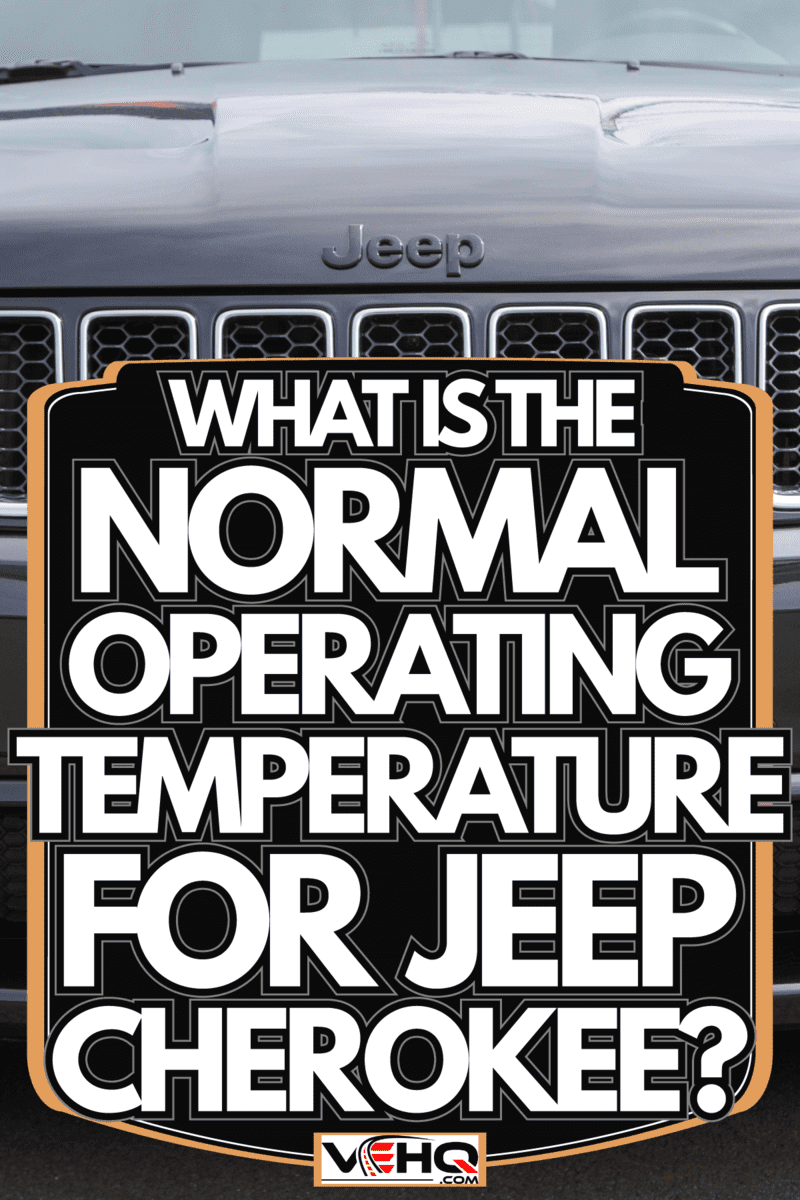
Should I Warm Up My Car Engine Before Driving?
It is important to warm up the engine before you drive the car. The heat will cause the fuel to mix with air, thereby activating the components. The engine starting triggers the transmission control module to start distributing signals throughout the car.
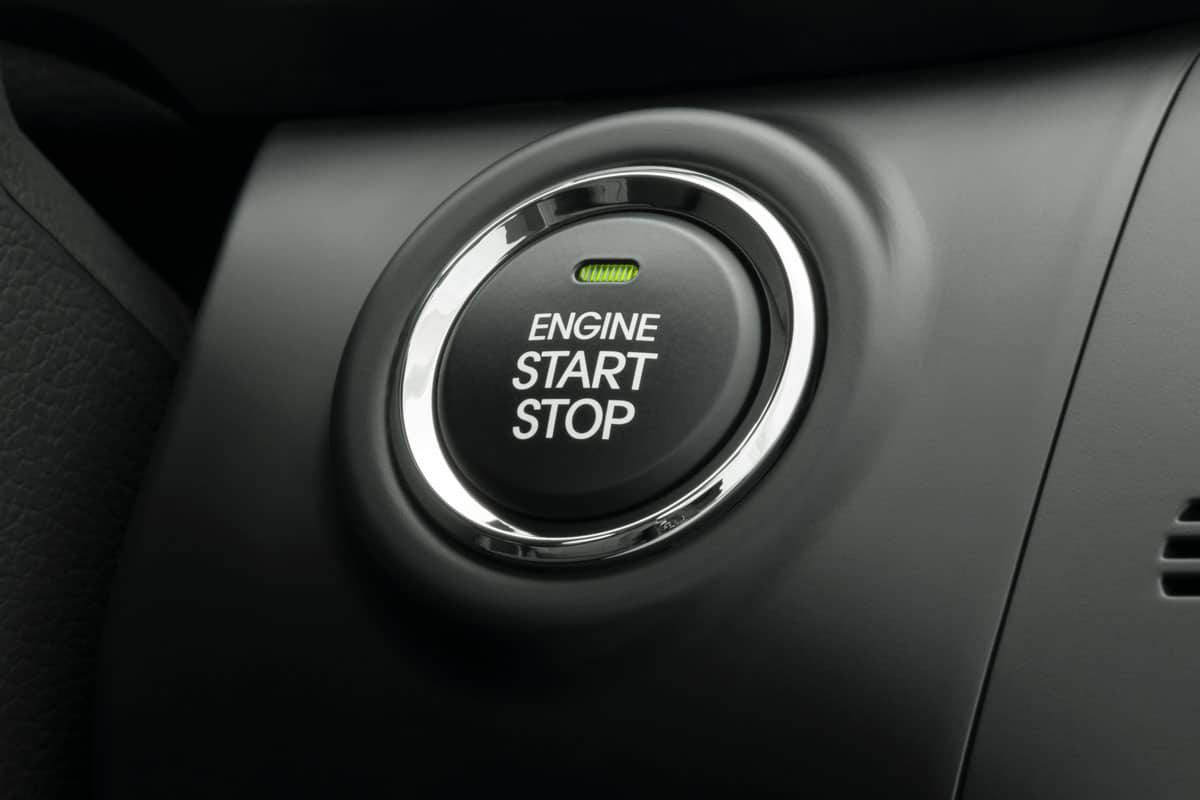
Additionally, some parts may not function properly without starting the engine. For instance, the turbine may fail to exhaust air pressure. The car may have bigger issues, like major repairs to other components, when the air pressure cannot exit properly. You can avoid it from happening by waiting for the car to heat up to the essential temperature.
How Long Should You Warm Up the Engine?
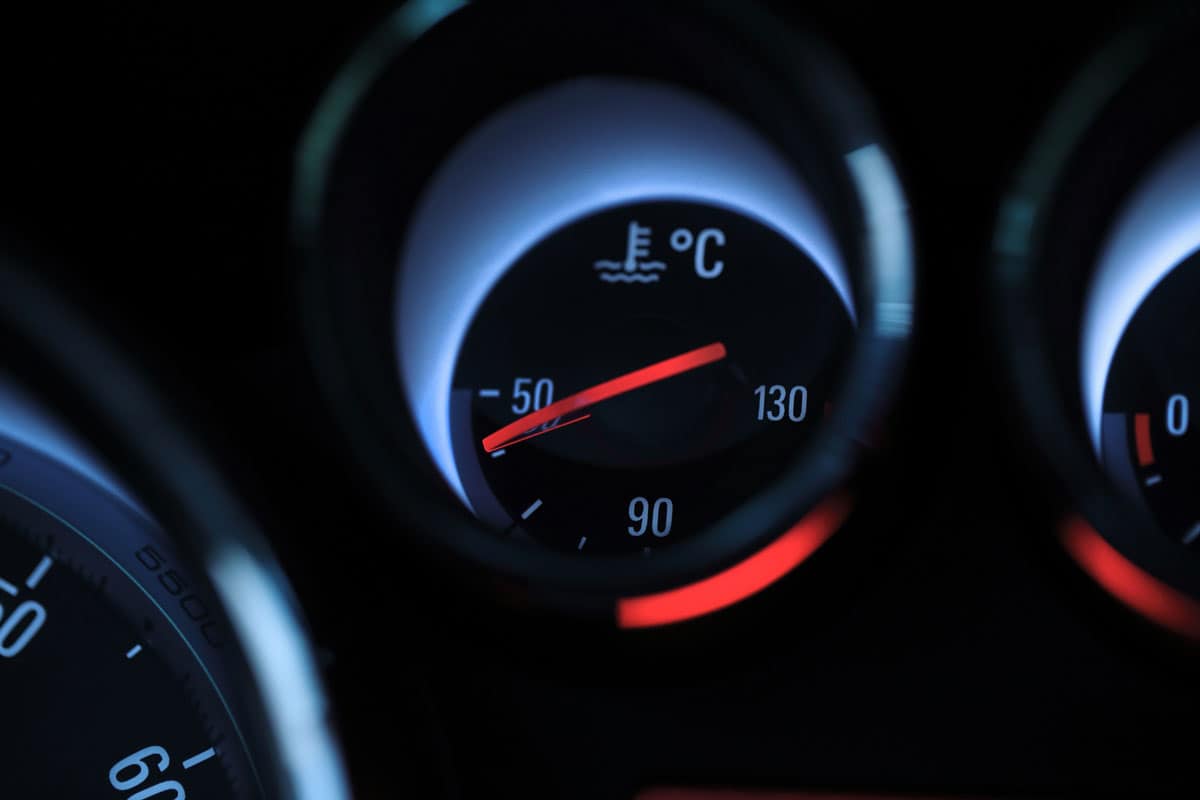
It is recommended to warm up the engine for 2-7 minutes before you drive to fully activate the engine. It also gives assurance that the transmission is working.
The Engine Is Not Warming Up
There might be reasons preventing your car from warming up. Here are the common causes:
Faulty Thermostat
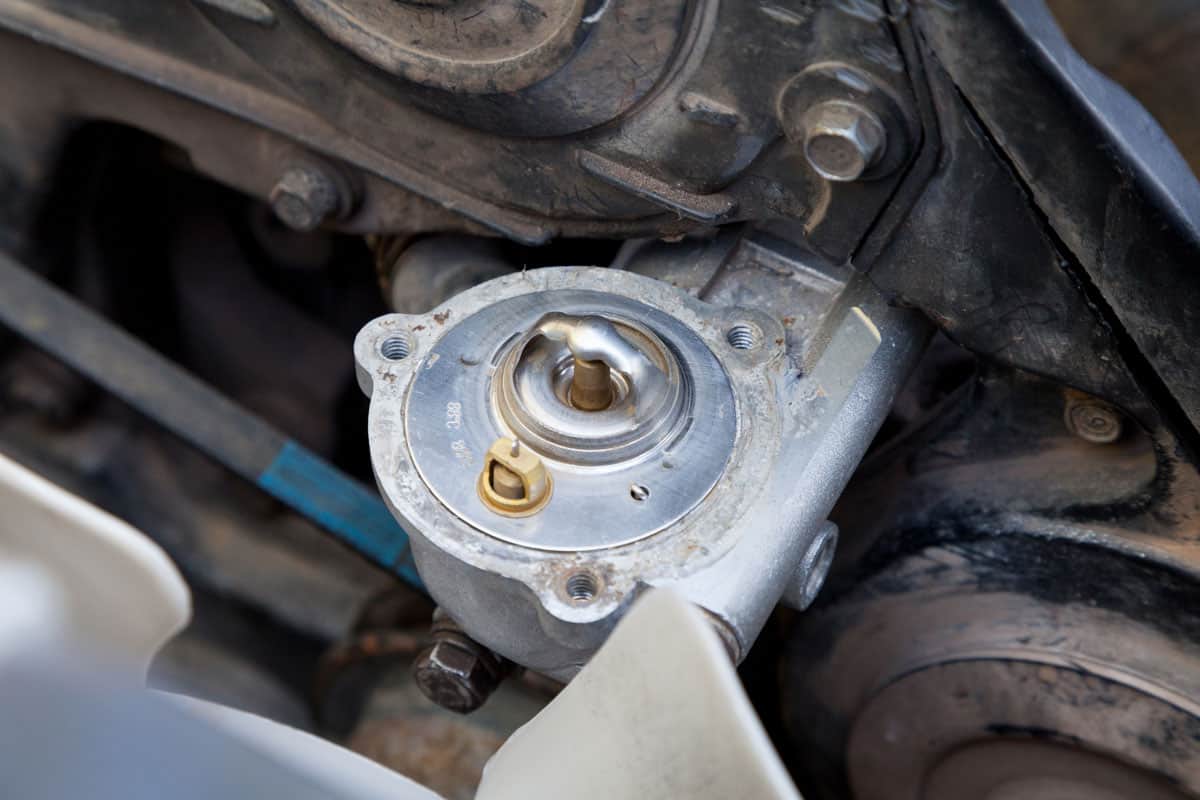
A thermostat is made to control the car's temperature. If the thermostat is damaged, then the engine will take longer to warm up due to the uninterrupted coolant release. The thermostat blocks coolant to warm up the engine to a significant temperature, yet coolant is what prevents the car from overheating.
The best way to fix a thermostat is to replace it. You may consult an expert for its replacement or refer to the user's manual.
See this thermostat on Amazon.
Blocked Air Circulation
The engine will not warm up if the air circulation is blocked. The engine needs air to mix the fuel; otherwise, it will suck dirt. The dirt will settle on the engine oil and then block the tubes and hoses.
To let the air circulate smoothly, follow these steps:
- Locate the airbox in the engine compartment.
- Remove the air filter and clean it thoroughly. Make sure you dry it out before putting it back.
- Close the airbox and start the ignition. Observe for at least three minutes if the engine temperature rises.
If cleaning the airbox does not solve the problem, seek the assistance of a professional.
Factors Causing the Engine to Overheat
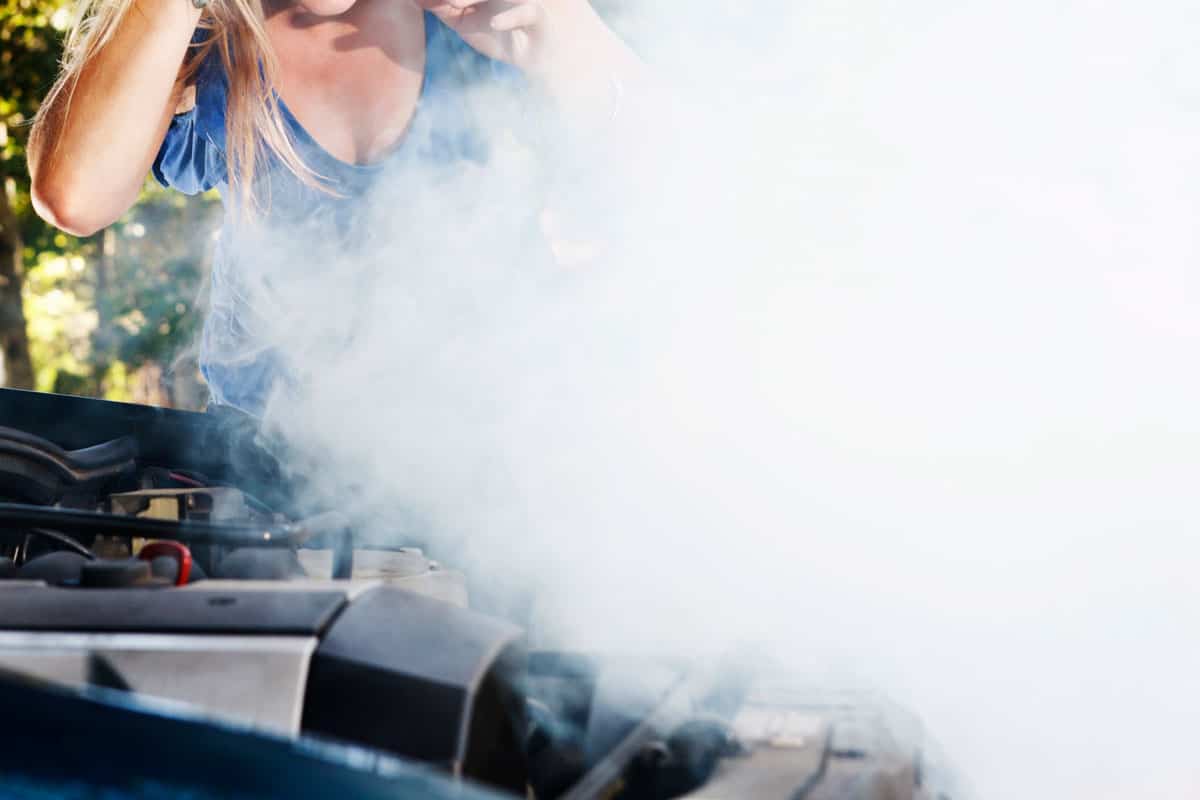
Your car may overheat under some circumstances. Below are some factors causing the engine to overheat and how to resolve these issues.
Insufficient Coolant
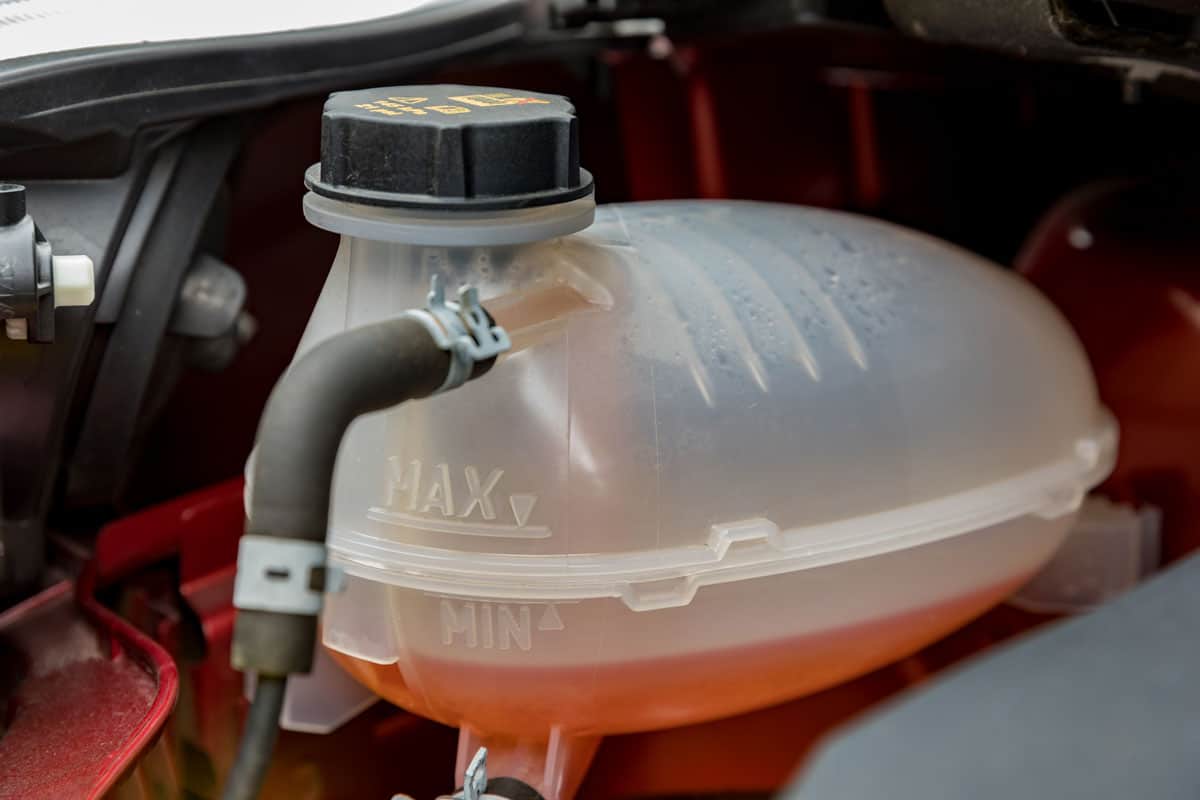
Coolant is a liquid component that aids in transferring heat away from the engine. If the car has a low coolant level, it can heat up quickly, and the engine might overheat. To resolve this issue, simply refill the coolant where the radiator is located.
Insufficient Transmission Fluid
Driving on a low transmission fluid level, which is responsible for activating motors, can cause the engine to suck in air and dust. You should always check the transmission fluid level in your car. Also, check your owner's manual about the suitable type of transmission fluid for the engine.
Overusing Components
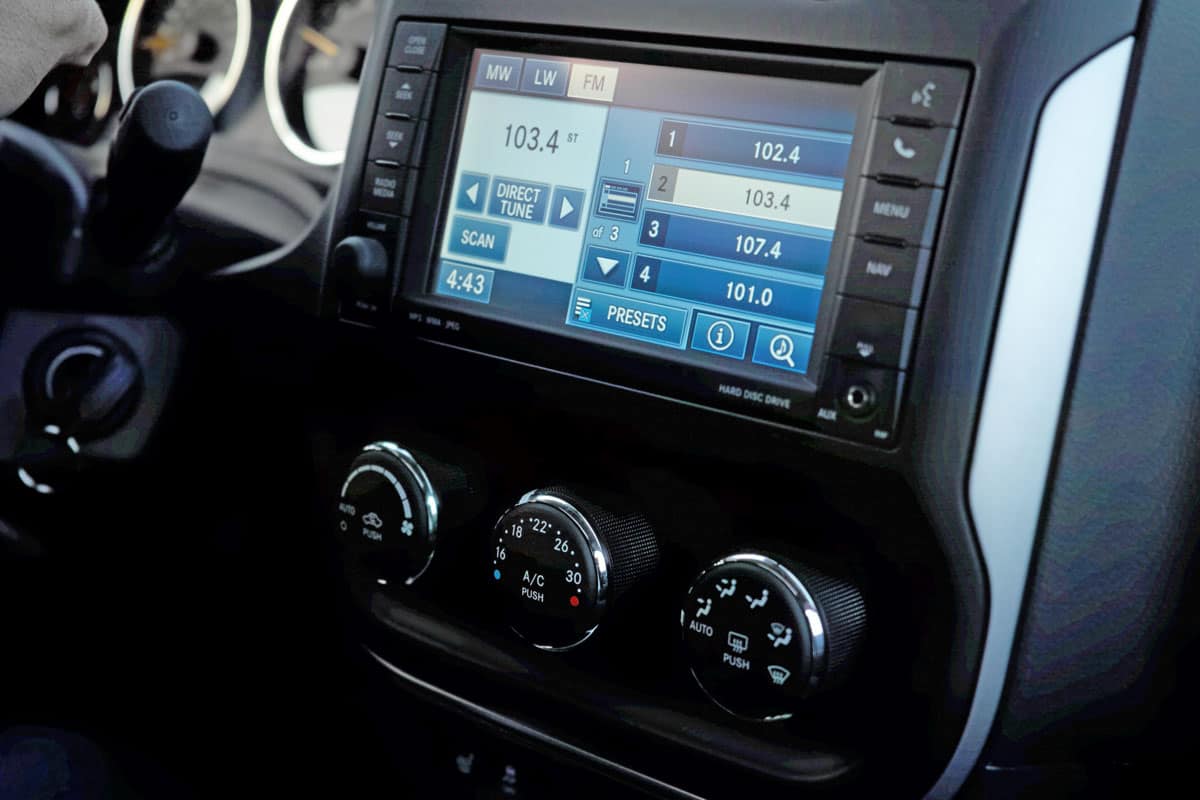
The car's components, such as the radio and air conditioner, need rest. If you've been listening to music almost all day, the car might consume too much electricity. You need to let these components cool down and rest for 2-4 hours a day.
Early Signs the Car Engine Is Overheating
You should not ignore an overheating car engine, as this is dangerous. See below for some early signs your engine is overheating.
Temperature Rises
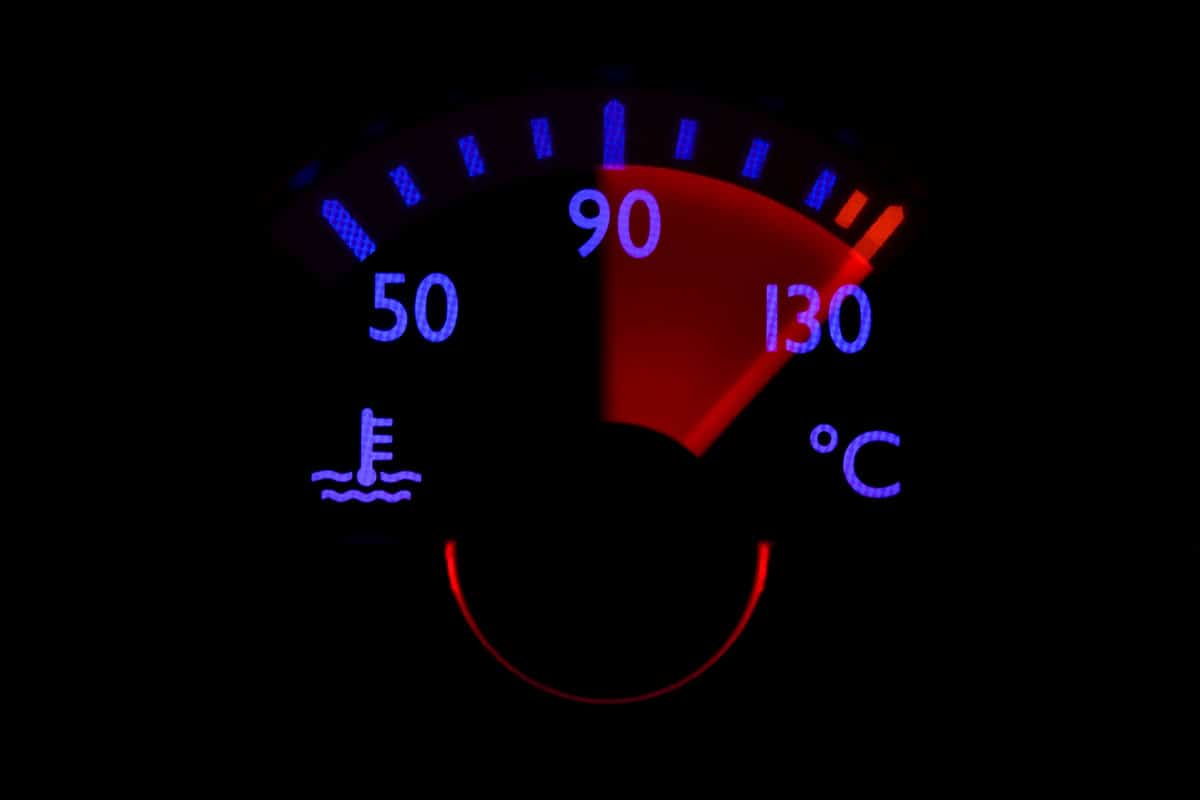
You can see the temperature on the dashboard. If the temperature rises above 200 degrees Fahrenheit, the engine could overheat.
However, it's still safe to drive at high temperatures if you're on a highway as the emission of air pressure is quick also. A few minutes later, find a safe spot and cool down the engine for at least 25 minutes.
Burnt Smell
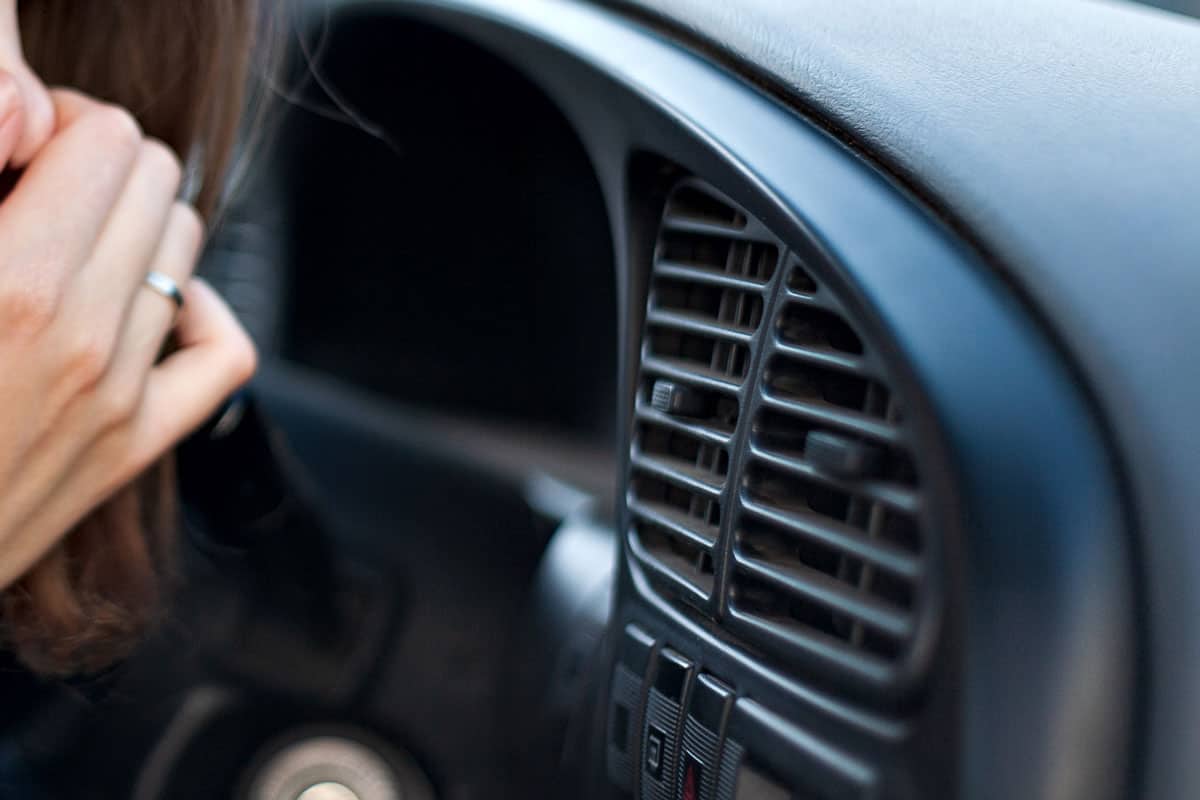
It's obvious that a burnt smell means something is heating up, just like a wire. Turn off the engine and try to find out where you think the smell is coming from. There might be a need to repair or replace some wires.
However, sometimes a burnt smell is normal. This can be due to friction between the gears or shafts. You can improve the car's interior smell using an air freshener.
How to Cool Down a Car Engine
If you think the car's engine is overheating, follow these steps:
- Park in a safe spot.
- Turn off the engine and all the car's components.
- Open the hood at the front to let the engine cool.
- Add water to the water pump to help ease the cooling.
- Wait for 25–40 minutes, or until the engine completely cools down.
It's important to monitor the car's condition to ensure safety while driving. And when you bring your car to the technician, be sure to explain all the circumstances of how the engine heated up.
Do You Need to Bring A Fire Extinguisher While Driving?
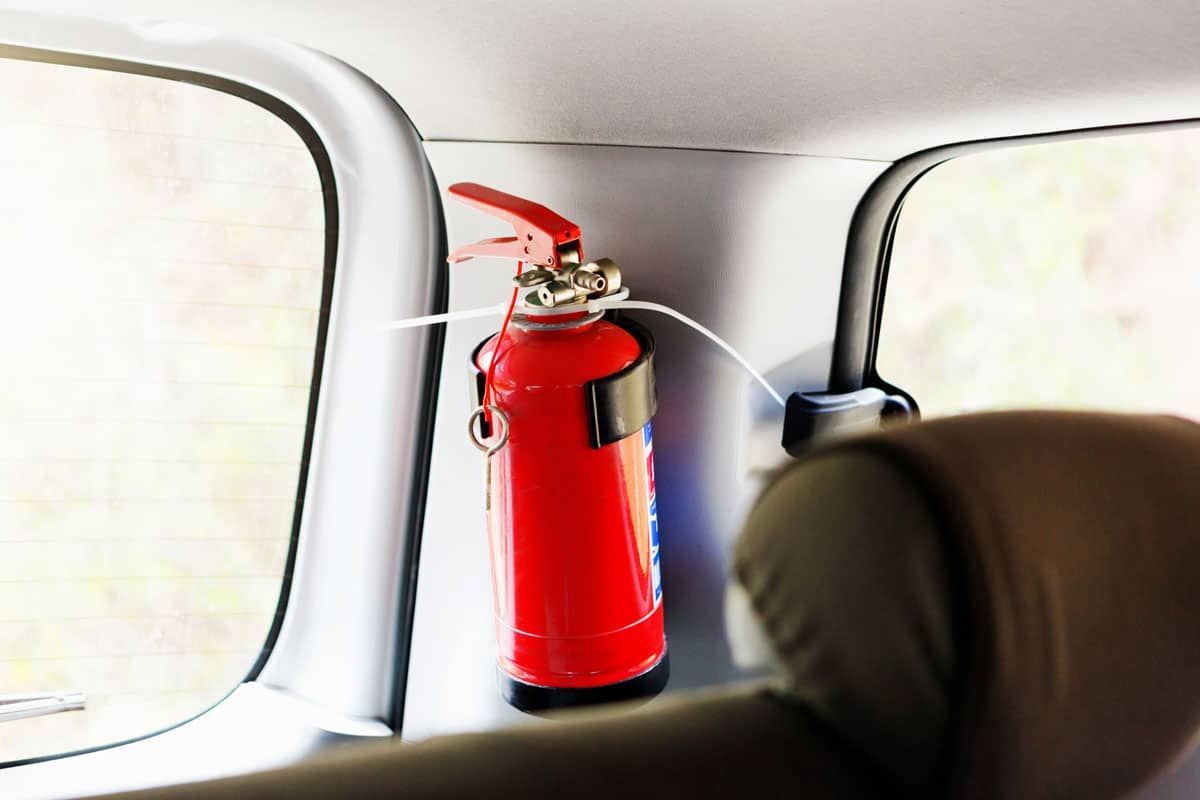
It would be better if you bring a fire extinguisher when you drive. But be careful not to use it without first confirming if the engine is overheating. Otherwise, the fire extinguisher may go to waste.
Some cities require a fire extinguisher in every car. So, you should also be aware of your city's ordinance.
See this fire extinguisher on Amazon.
Parts of the Engine Cooling System
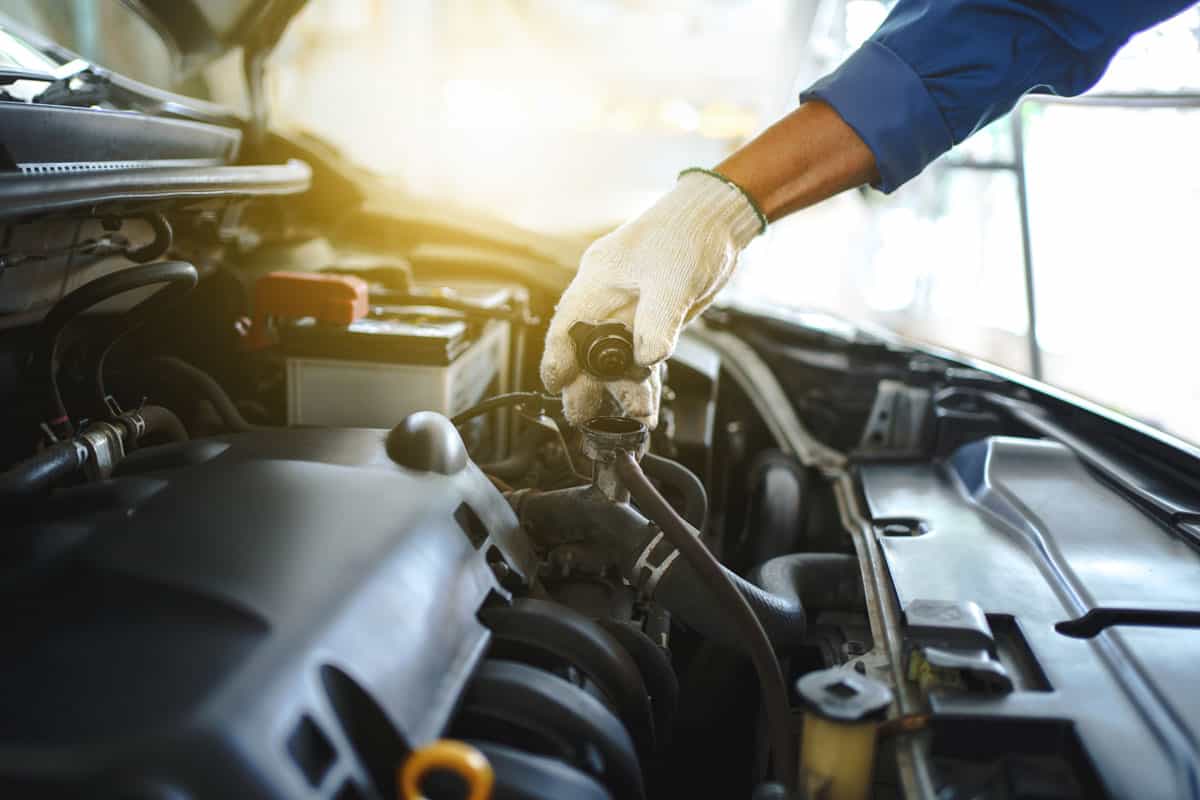
The engine has a cooling system to keep the temperature at a normal level. Below is what makes up the cooling system.
Radiator
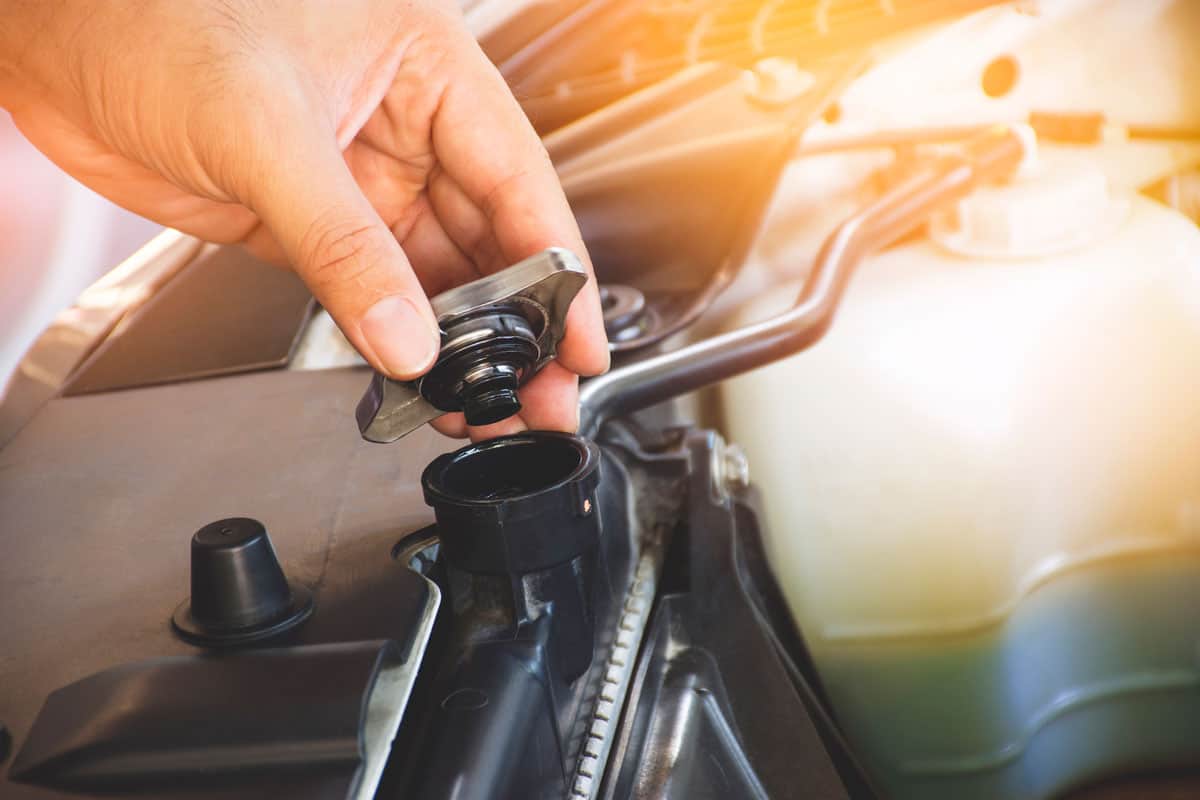
It is usually an aluminum or alloy case located at the front of a car. The radiator absorbs and traps the hot air inside. The coolant then neutralizes the heat, causing the temperature to drop to a normal level.
Coolant
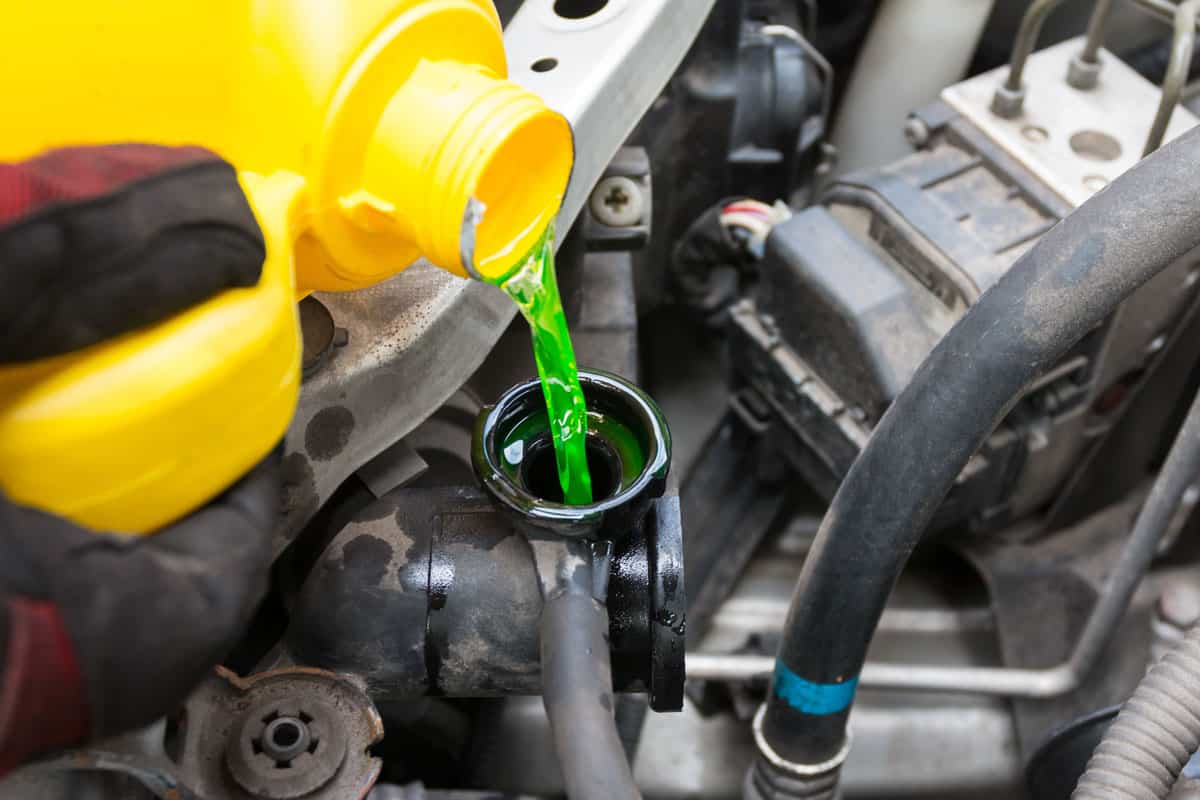
Coolant balances the temperature when a heater is activated. Glycol, which is added to water, is an example of a coolant commonly used in cars. Glycol is a type of alcohol substance with anti-freeze properties, preventing it from forming an ice cube.
When a heater raises the temperature, glycol adjusts it to the coolest temperature possible without freezing. It simply counters the hot temperature.
Heater
The car's engine has a heater to set the temperature high and let the fuel flow efficiently through the engine. The heater is activated by starting the ignition system.
Condenser
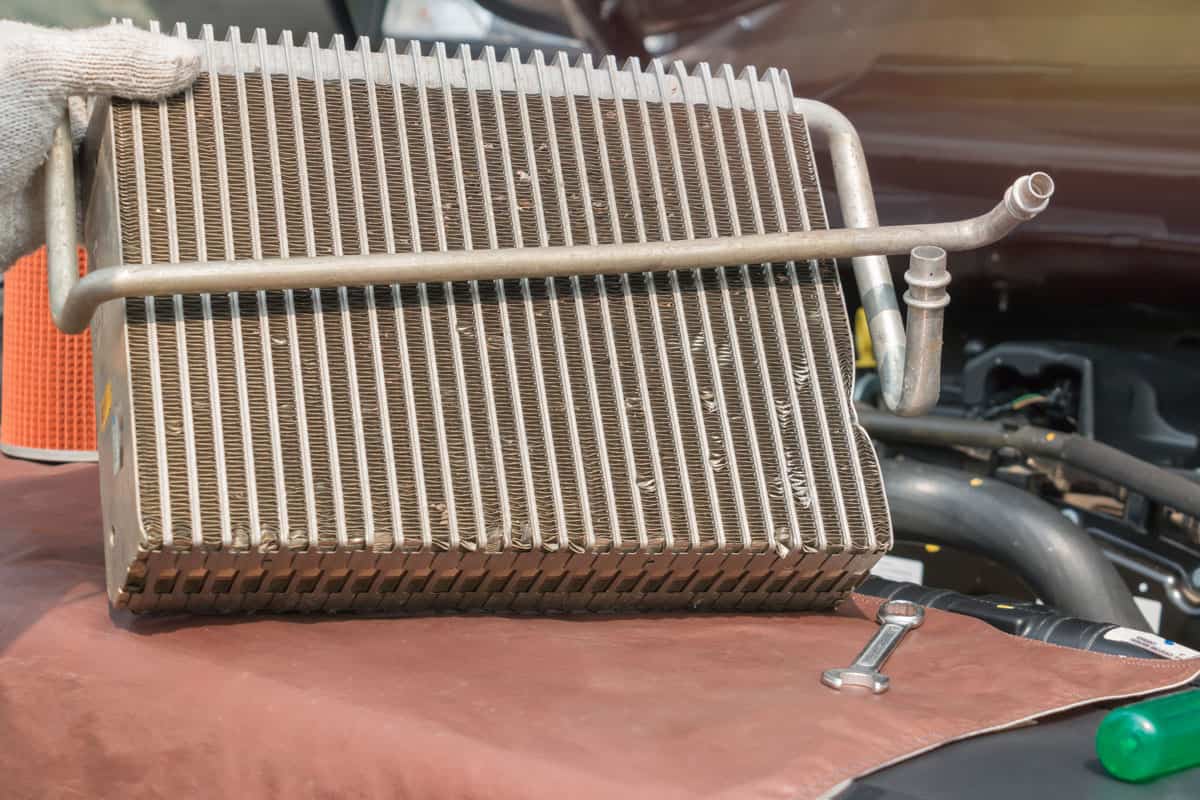
The condenser converts hot air into liquid form, keeping the engine temperature cool. The liquid is then drained into the road so that rust will not accumulate on the metallic components of a car.
You don't have to worry about water being drained as this is just too little, like droplets.
Water Pump
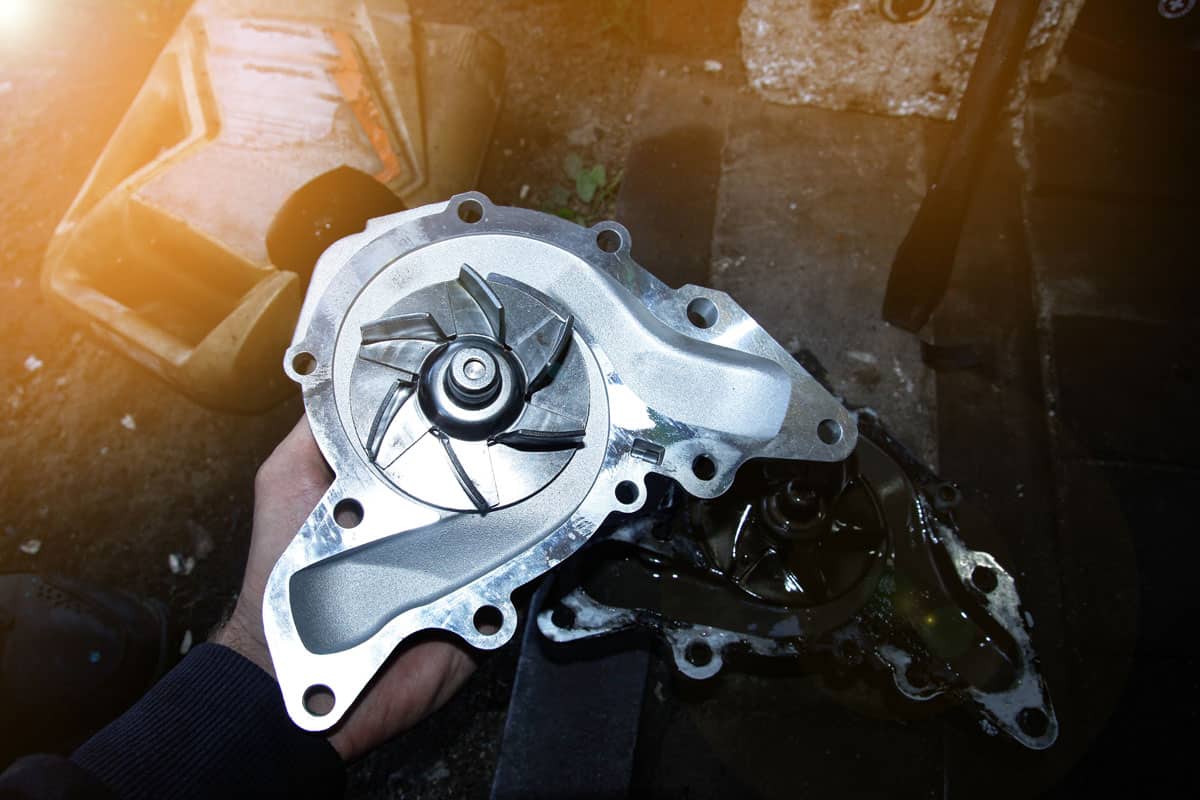
It's an important part of the cooling system, as the coolant should stay at a low temperature when driving. The purpose of the water pump is to circulate the coolant continuously from the radiator to the engine.
The pump draws the coolant inside the engine to absorb the heat. The heated coolant then passes through the radiator to regain its cool temperature before it goes back to circulate again.
Thermostat
A thermostat controls the flow of the coolant. Once the engine has reached at least 160 degrees Fahrenheit, the thermostat will then lock the radiator to reserve the heat.
The heat trapped inside the radiator will serve as the heated stock, saving a lot of fuel and energy transmission. In the absence of a thermostat, the engine will take longer to warm up.
Expansion Tank
An expansion tank is simply one of the most important parts of a cooling system. An expansion tank keeps the coolant, air pressure, and heat at a normal level. It prevents both overheating and overcooling.
The expansion tank stores the excess coolant when the radiator has released too much coolant. It expands to adjust to the heat and water, giving more space to minimize the pressure.
Can the Engine Overcool?
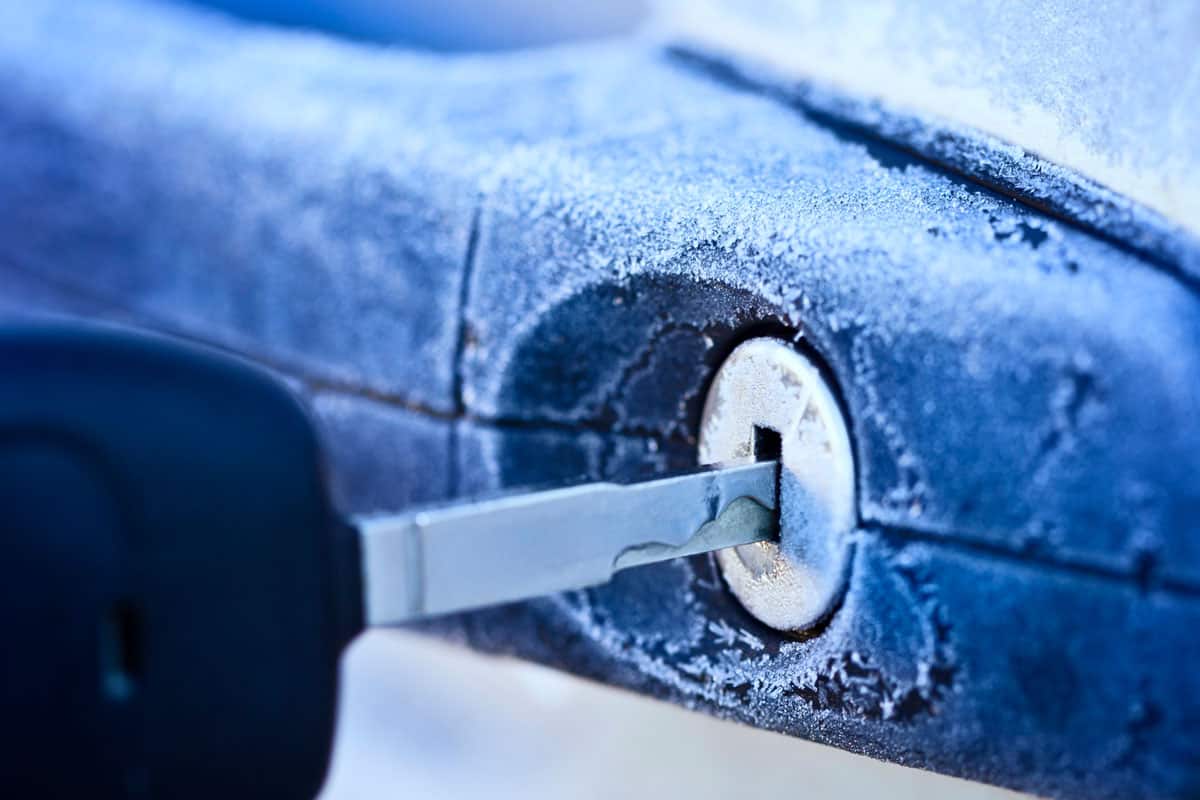
If the thermostat is defective, the coolant may pass directly to the radiator and cool the engine faster. Overcooling is considered safer than overheating.
However, the engine and other parts may not function if overcooling is ignored. Check the thermostat if it needs replacement, or refer to the user's manual.
Conclusion
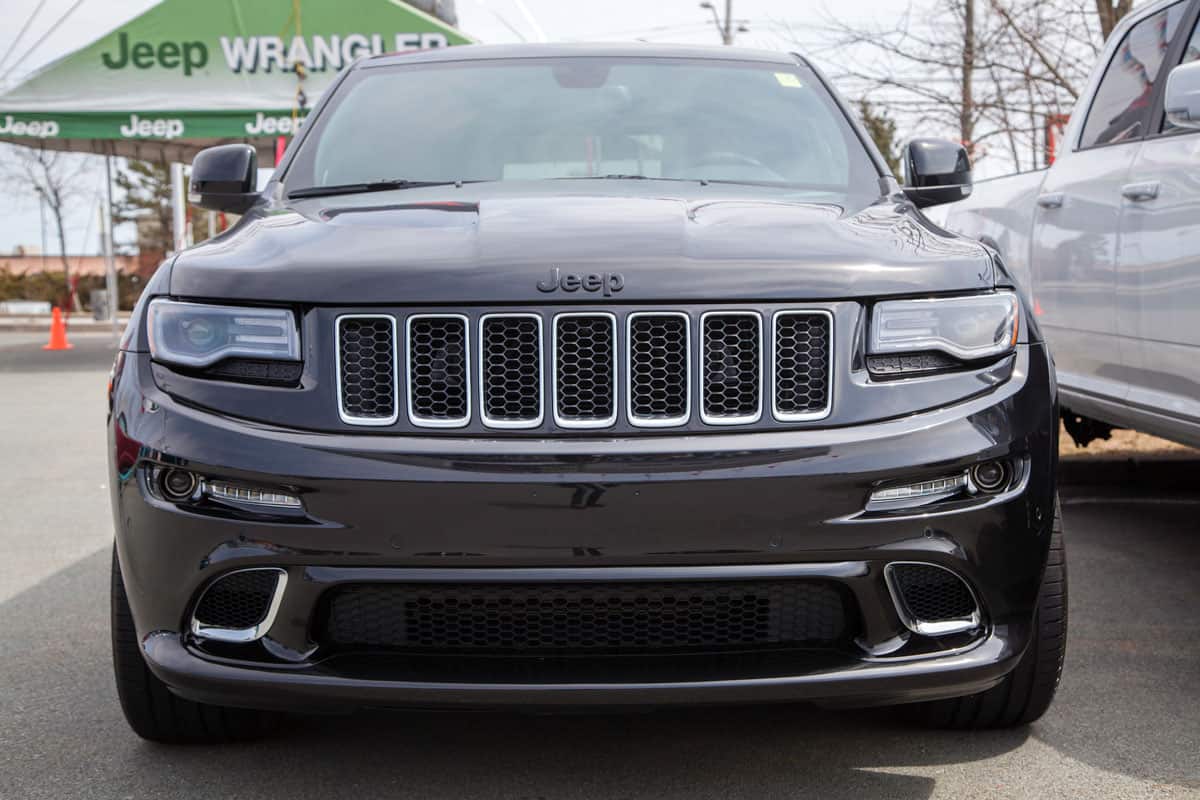
The car's engine needs to heat up between 165-200 degrees Fahrenheit so that the car will operate properly. You should observe if the engine's temperature is irregular and act upon it promptly.
We've provided the factors causing the engine to overheat and steps to cool it down. We have also included the significance of monitoring the engine temperature and how the cooling system affects your driving experience. And lastly, the car parts and their functions were also discussed.
Did you find this article helpful? You may also read these:





Dear Sirs, Good morning.
I have a Jeep grand cherokee 2013 5.7 Hemi engine, I have changed the OEM therostact 195º F for 180ºF. My JGC it is currently working in a range of 180ºF up to 195ºF. I wanted to know if this is ok for my engine or if it is neccesary install again the 195ºF thermostact.
Thanks in advance, best regards.
Mario Badell